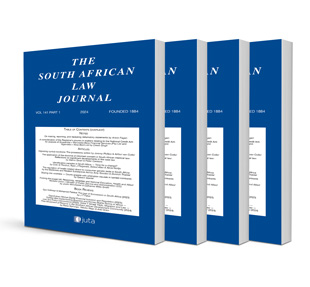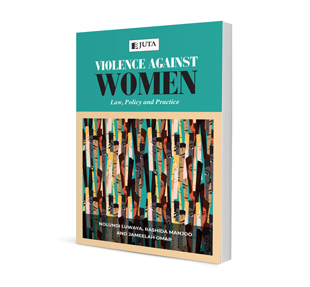The nature and features of ‘unused old order rights’ under the MPRDA revisited: The story of Gouws’ farm

The nature and features of ‘unused old order rights’ under the MPRDA revisited: The story of Gouws’ farm
Author: Pieter Badenhorst
ISSN: 1996-2177
Affiliations: Associate Professor of Law, Deakin University; Honorary Professor of Law, Nelson Mandela University
Source: South African Law Journal, Volume 138 Issue 3, p. 599-616
https://doi.org/10.47348/SALJ/v138/i3a7
Abstract
This article examines the nature and features of ‘unused old order rights’ (‘UOORs’) under item 8 of Schedule II of the Mineral and Petroleum Resources Development Act 28 of 2002 in light of the recent decision by the Constitutional Court in Magnificent Mile Trading 30 (Pty) Ltd v Celliers 2020 (4) SA 375 (CC). At issue was: (a) whether an UOOR was transmissible to heirs upon the death of its holder; and (b) the applicability of the Oudekraal principle to the award of an unlawful prospecting right to an applicant, contrary to the rights enjoyed by the holder of an UOOR. The article analyses the constituent elements of an UOOR, rights ancillary to the UOOR’s and the nature and features of UOORs and ancillary rights. The article also considers the possible loss of an UOOR by application of the Oudekraal principle due to the unlawful grant of a prospecting right by the state, as custodian of mineral resources. The article illustrates that the CC ensured in Magnificent Mile that the Oudekraal principle does not undermine the security of tenure and statutory priority afforded to holders of UOORs by ultra vires grants of inconsistent rights to opportunistic applicants. Concern is also expressed about the poor administration of mineral resources by the Department of Mineral Resources and Energy.
